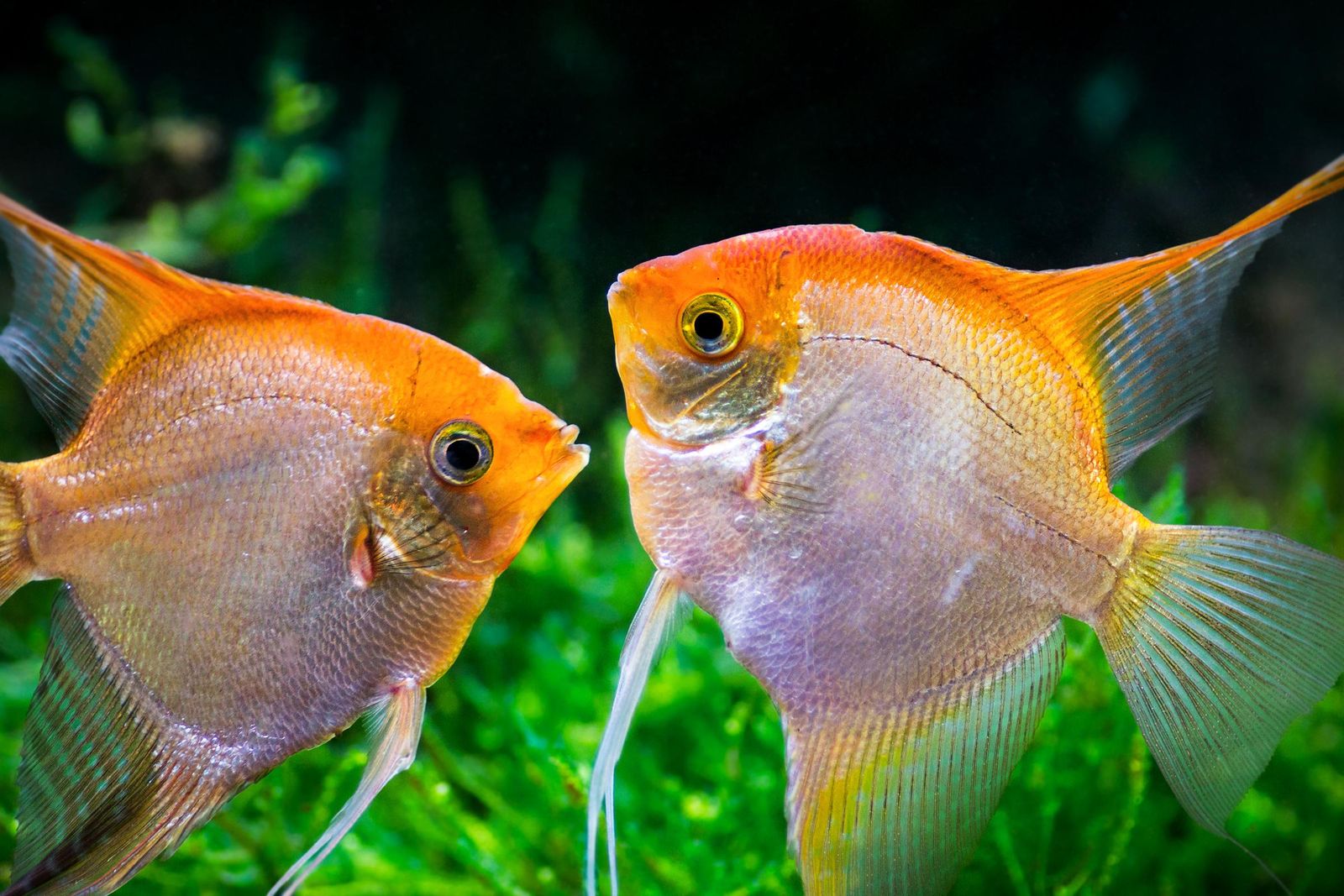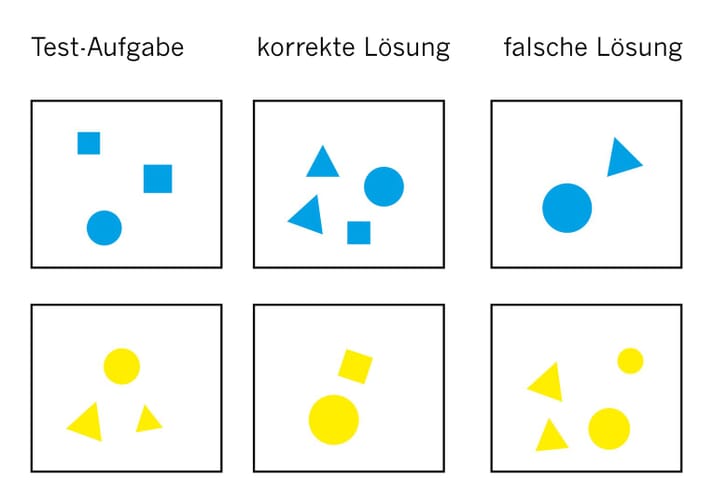Mathematics School for Fish
 |
| Getty Images |
"You provide a reward system. So if they do something right, they get a treat. We weren't surprised that it worked. Because they've done so many wonderful things before this study.""[In general], all the fish preferred addition.""If you look at seven dots, you don't know it's seven. Could be six. Could be eight. You have to take a second and count.""So the animals had to recognize the number of objects depicted and at the same time infer the calculation rule from their color. They had to keep both in working memory when the original picture was exchanged for the two result pictures. And they had to decide on the correct result afterwards. Overall, it's a feat that requires complex thinking skills."Vera Schluessel, zoologist, study co-author, Institute of Zoology, Bonn University
 |
| Cichlids, Smithsonian |
Fish count? Well, why not. In a sense they must assess the benefits to their appetite on encountering a large mass of minuscule aquatic life or plants that form part of their diet, preferring that to the possibility of finding a much smaller cache elsewhere. Taking stock. Making choices. Being able to perceive what would most benefit them. Their very survival, after all, is dependent on a food source. So it makes sense that fish like any other animal can distinguish between a generous source of food and a paltry source, and make a choice accordingly.
It's just something we wouldn't really try to investigate unless you've got a probing mind that wants to have definite proof, evidence of what is suspected. And that motivated a team of researchers at Univ4rsity of Bonn, Germany, leading them to test the mathematical skills of freshwater stingrays and African cichlids. Two of each, distinguished by having been given names; Jennifer and Tiffany, Harry and Hermione.
 |
The object of the study was to 'train' the fish to count, or to apply mathematical skills to qualify for a reward. The reward, of course, was fish food; pellets for the cichlids and worms, shrimp or mussels for the stingrays; their natural prey. Anyone at all knows how adaptable to learning skills dogs can be, when trained. And training includes rewards. The fish were exposed to a test card illustrating four shapes like circles or squares. The shapes were coloured blue. Two new cards were presented with three blue shapes and another with five.
Should the fish touch its nose to a card with three shapes there was no reward. On the other hand, touching its nose to a card with five shapes earned the fish a treat. In time the fish familiarized themselves that blue shapes on an original card instructed it to "add one" to the original number of shapes. Another experiment with yellow shapes taught the fish to "subtract one". Half the fish succeeded in the task.
As it turned out, the stingrays managed to perform better than did the cichlids on these particular tests, while on other types of tests the cichlids outperformed the stingrays. The limit of the shapes was left at five, a small number deliberately used to avoid confusion. Dr.Schluessel pointed out that with numbers larger than five, even humans hesitate in their count momentarily to ensure they have the correct number.
 |
| Stingrays and Cichlids University of Bonn |
Labels: Bonn University Zoology Department, Fish Training, Mathematics, Study

0 Comments:
Post a Comment
<< Home